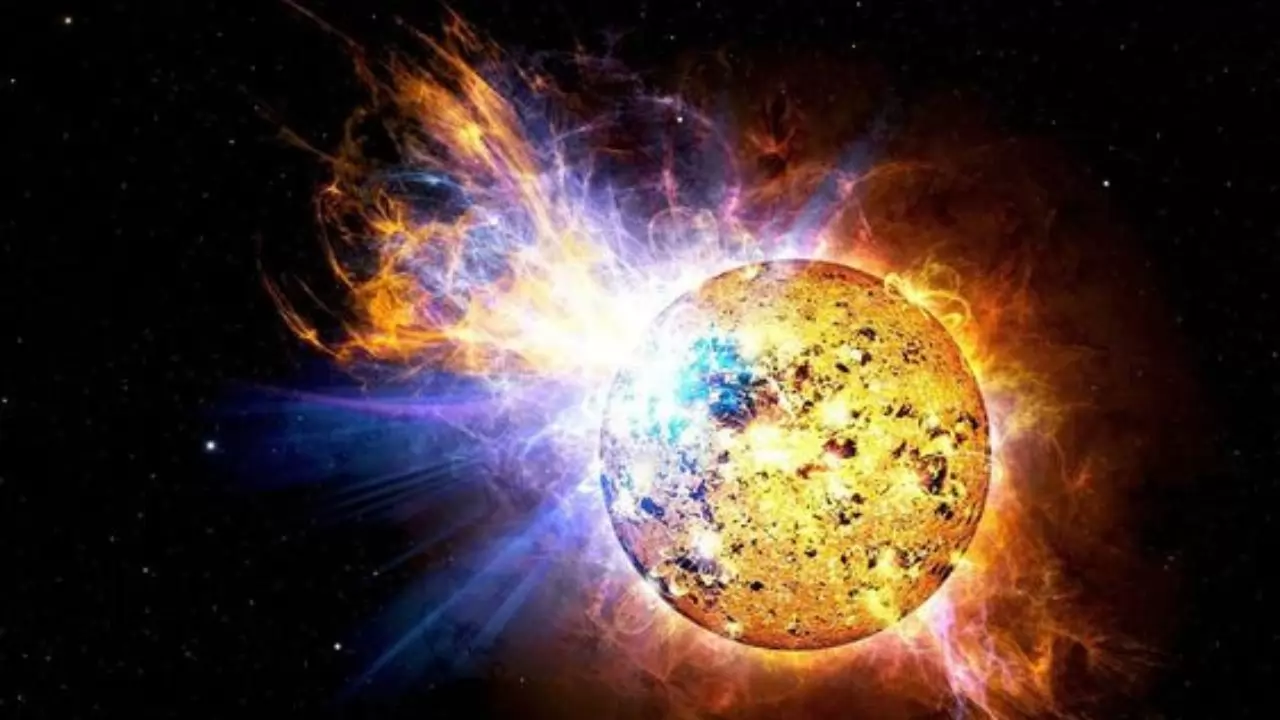
There has been discussion about the existence of planets outside our solar system for hundreds of years. Scientists discovered the first exoplanet—a planet outside of our solar system—in 1992. There are more than 4,000 planetary systems, with slightly fewer than 5,500 confirmed exoplanets as of 2023. Recently, scientists discovered another exoplanet orbiting a star 66 light-years from Earth. This planet's molten surface glows a brilliant red due to the planet's dense volcanic coating.
NASA's Transiting Exoplanet Survey Satellite (TESS) found a rocky exoplanet called TOI-6713.01. The star system HD 104067 contains it. The team, which includes experts from the University of California, stated that it was already known that the star system had a huge planet.Three planets are in the solar system after Professor of Planetary Astrophysics Stephen Kane "unexpectedly" found a second "fiery" planet while gathering data on the first one.
"You would be able to see a burning, red-hot planet with a molten lava surface at optical wavelengths," claims Kane, the study's principal author and author of The Astronomical Journal.According to Kane, there are numerous similarities between the recently found rocky exoplanet and Io, Jupiter's rocky innermost moon, which is thought to be the solar system's most volcanically explosive body.This burning planet has a surface temperature of 2,600 degrees Kelvin. Surprisingly, this is hotter than a number of known stars. In terms of mass, it is over thirty percent larger than Earth. Every 2.2 days, the exoplanet circles its star at a speed of 4.57 million km/s. It is joined by two other planets: a rocky planet located around 15.8 million kilometers from the star and a gas giant planet located about 40 million kilometers from the central anchor. According to the researchers, the gravitational pull of the other two planets in the system causes this rocky planet to be thrown into an elliptical, or "eccentric," orbit around them.
Because TOI-6713.01 is closer to the star than the other planets, the rocky planet is "squeezed" by the star as it rotates and orbits, creating tides on the planet's surface that resemble volcanoes. Kane explained that the star heats up because of its constant pressure and reflection off the rocky inner planet, drawing a comparison to a game of "racquetball." "Volcanoes have put it into a scenario where it is continually bursting," he said.





Copyright © 2025 Top Indian News
